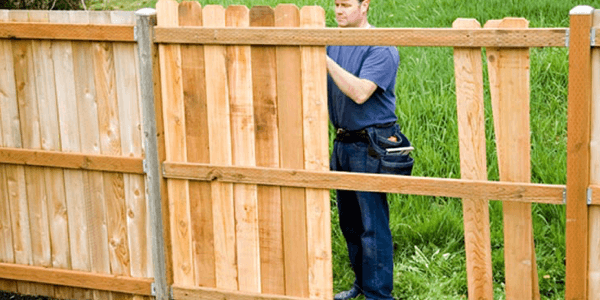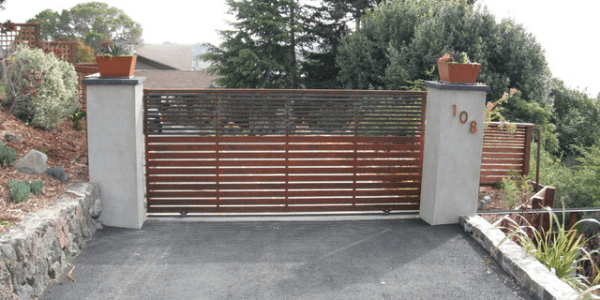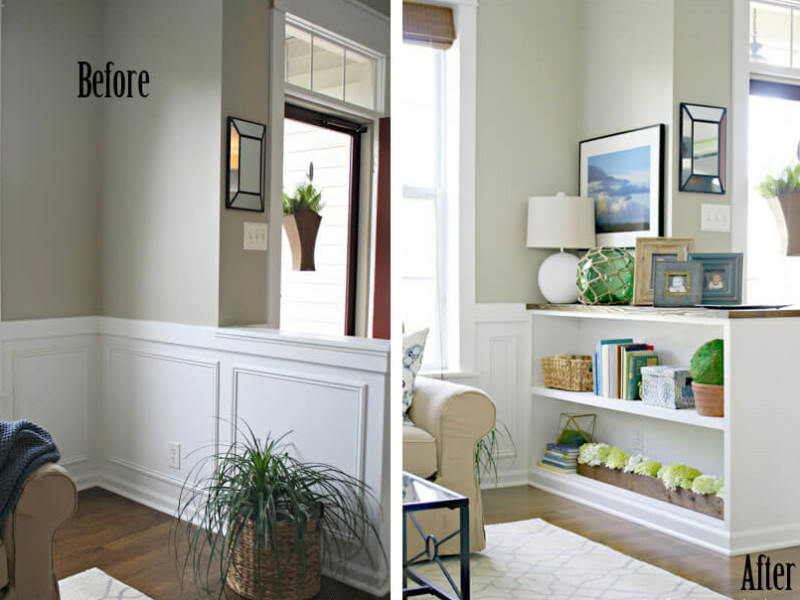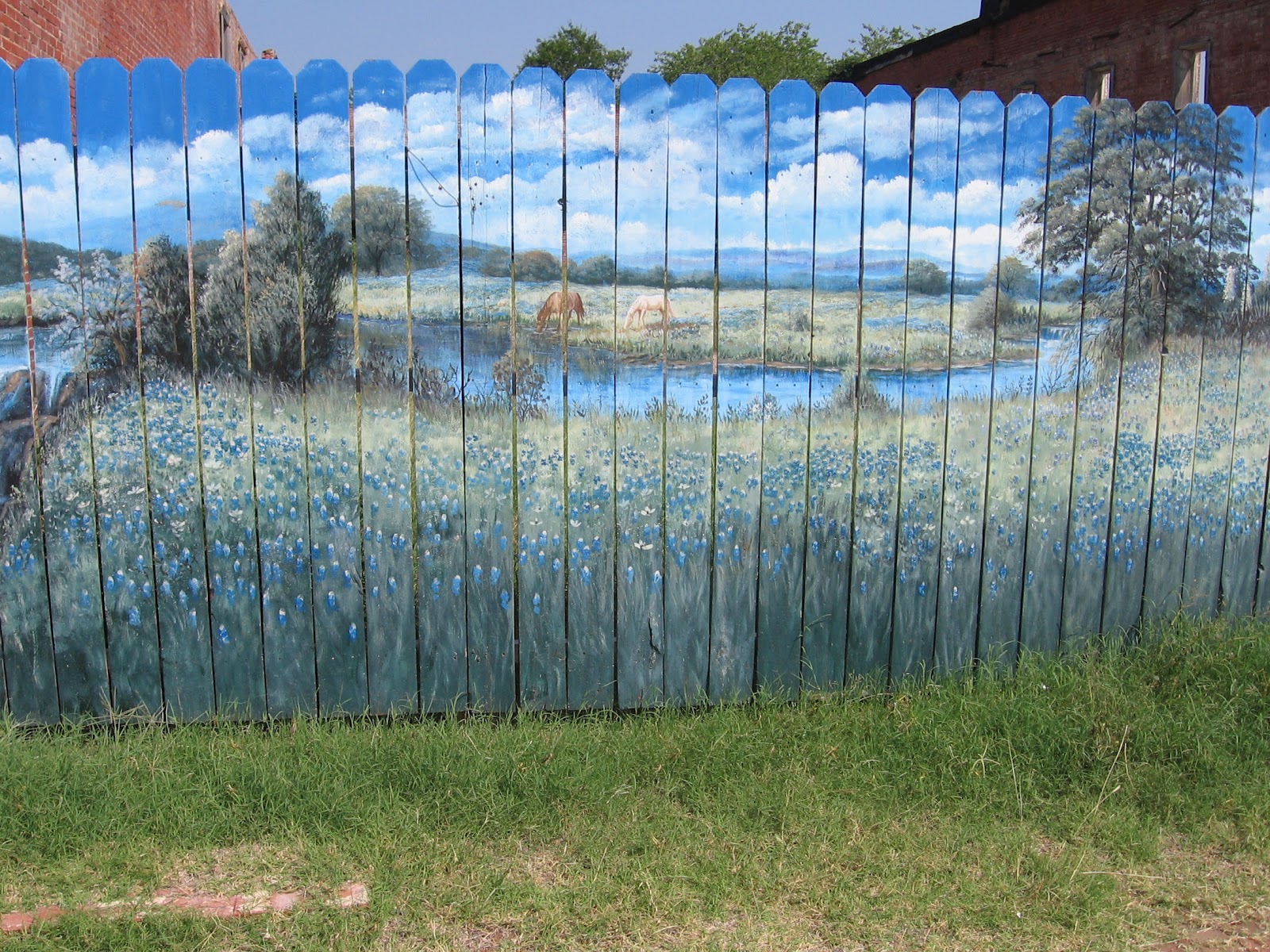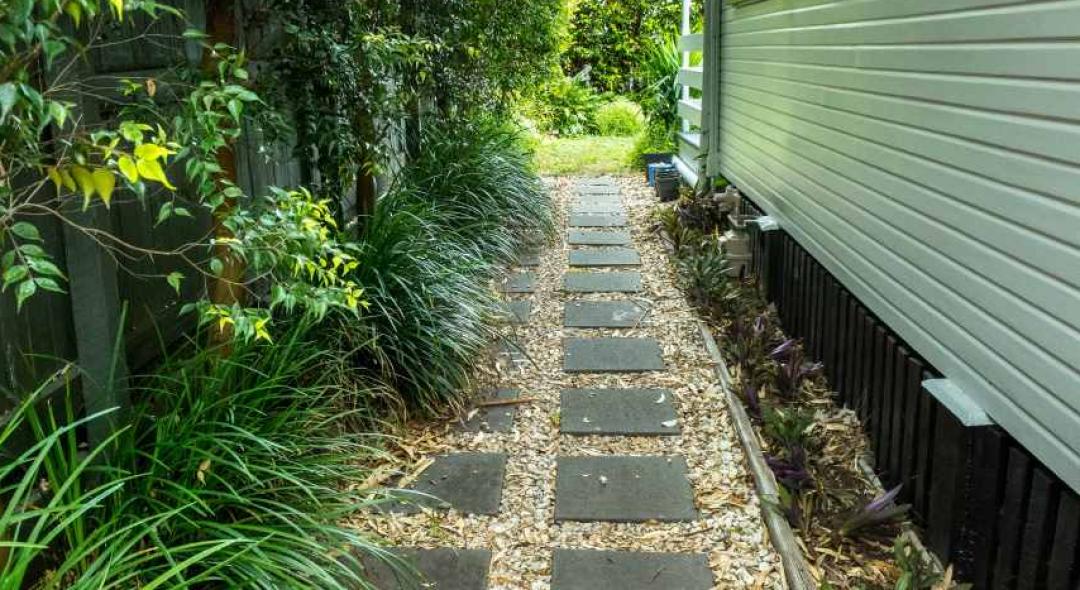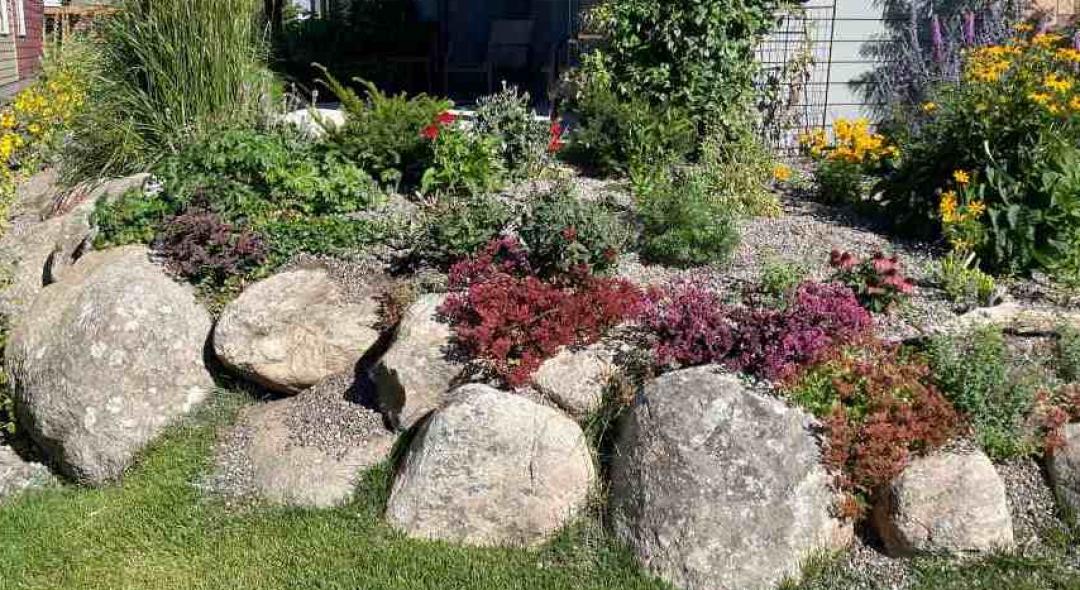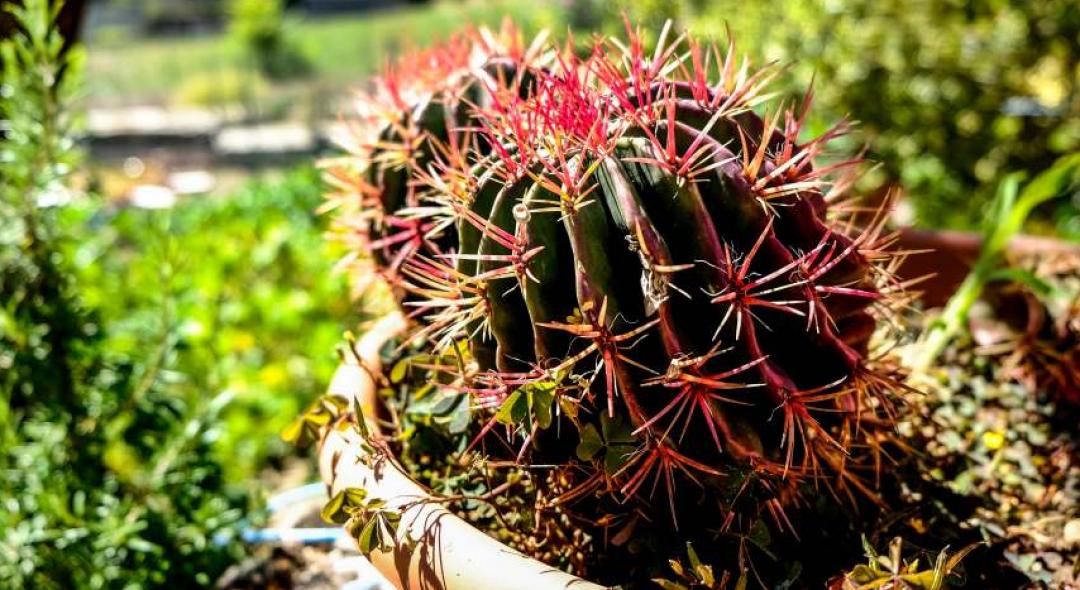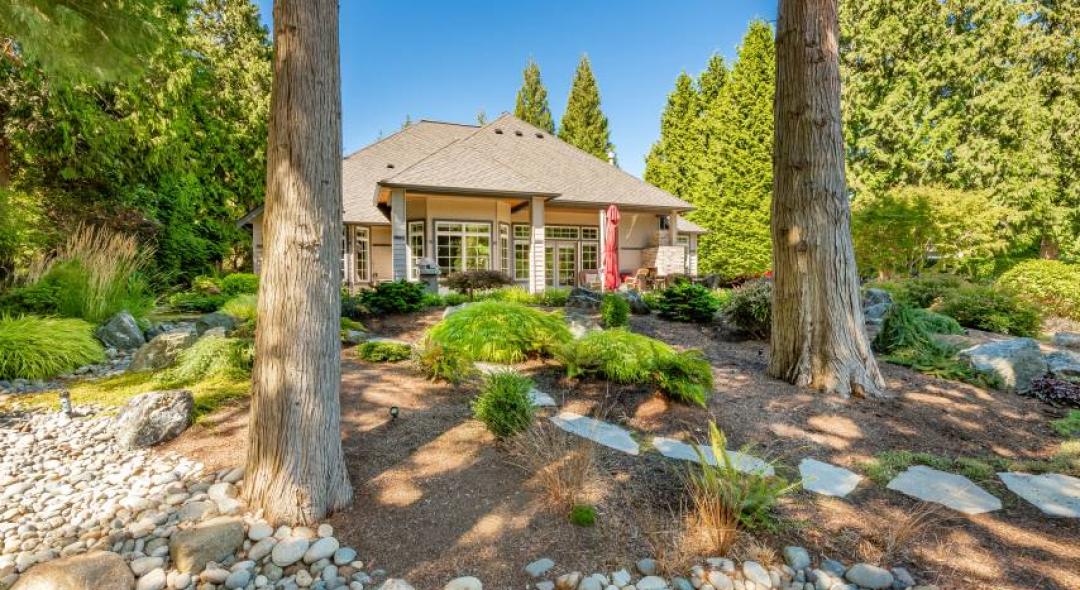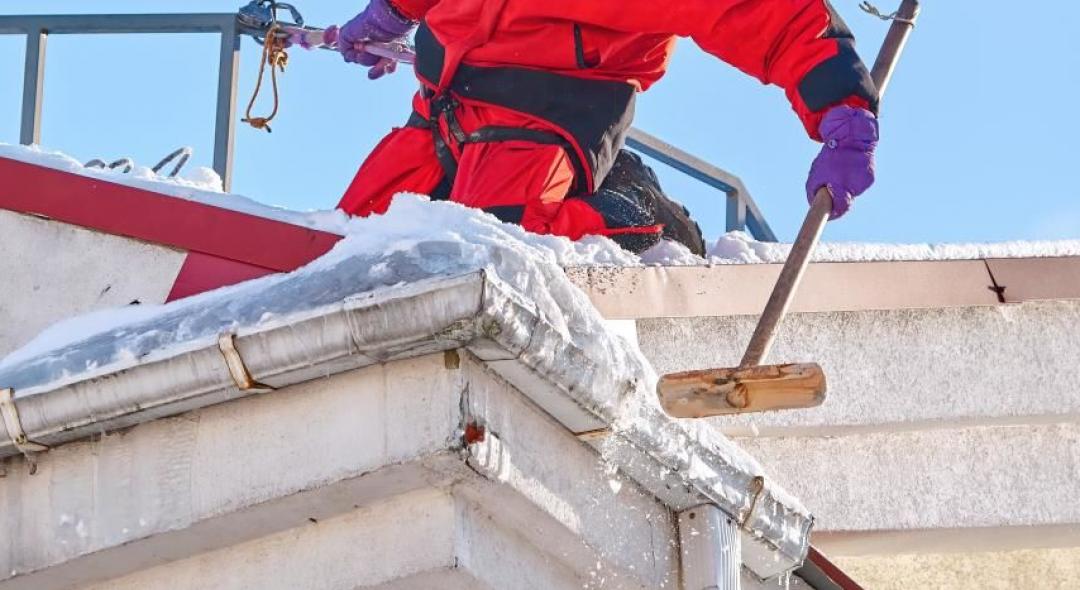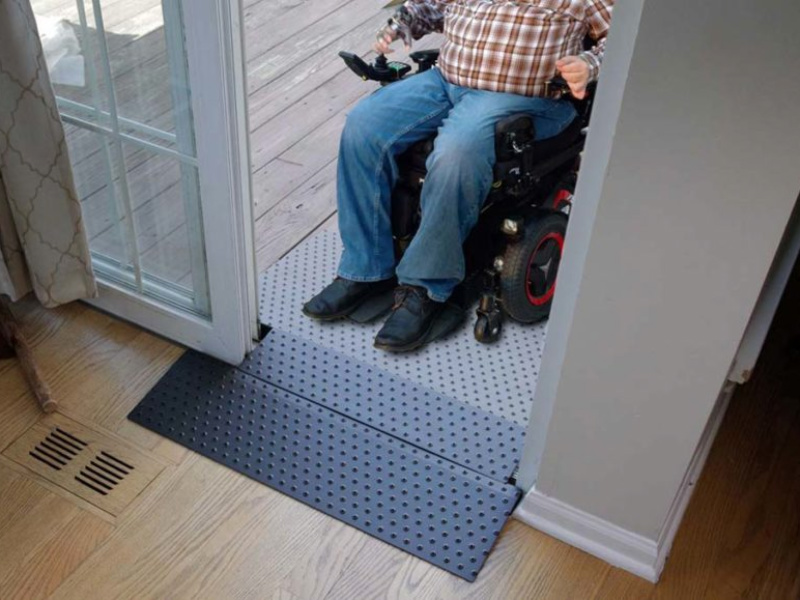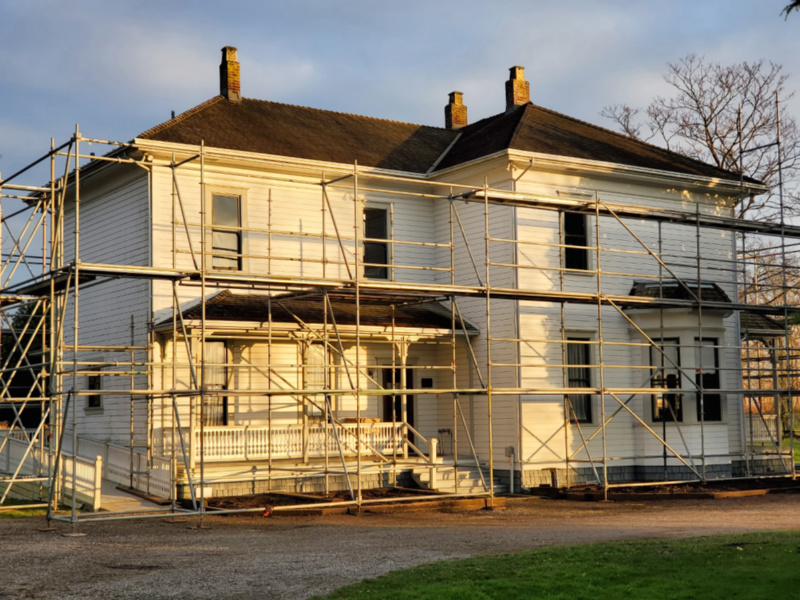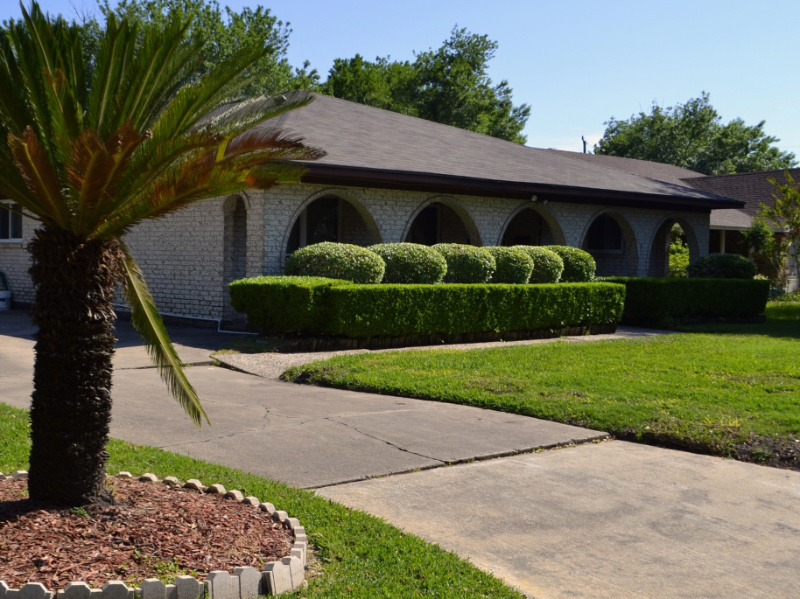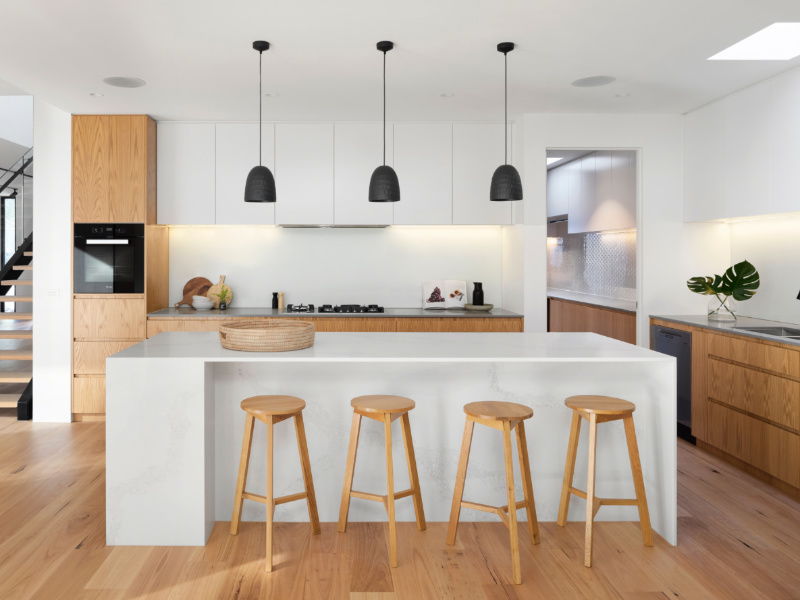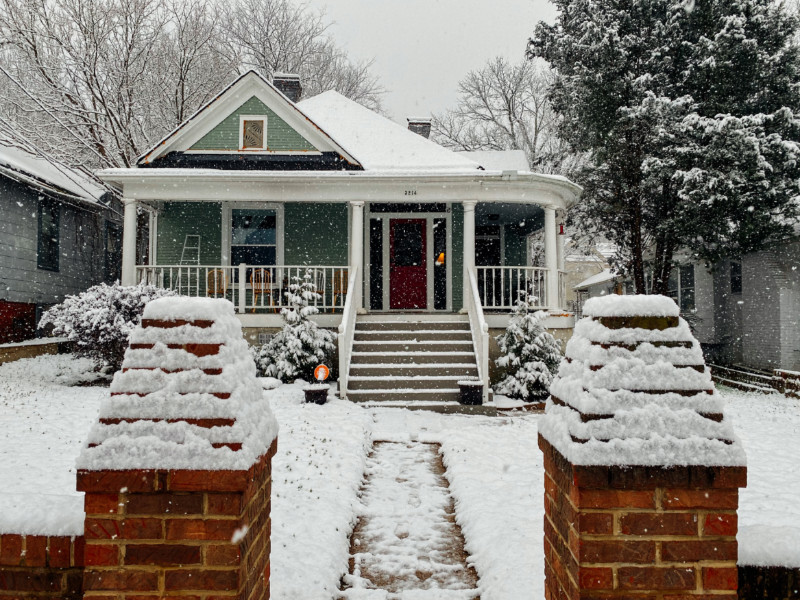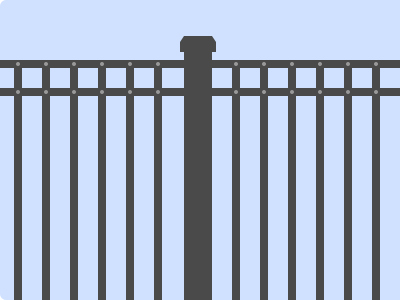
Fences
There are many reasons a homeowner would want to look at fencing for your property. For some homes, a purely decorative white picket fence is the ultimate suburban addition. For other homes, security is an issue and privacy can be obtained through a new fence. And for some homes, the simple act of marking property is the only practical need they have for the service. Whichever you want, the price range varies greatly in accordance with the material, size, and style (1). In any case, no matter what the reason for your fencing structure, this handy cost guide can see you through. We'll be discussing the following types of fences:
-

-
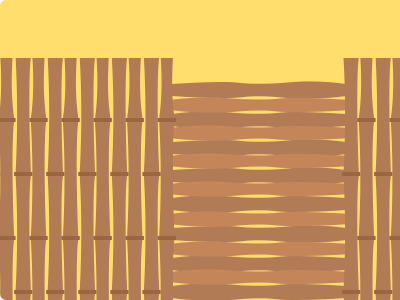
Bamboo
-
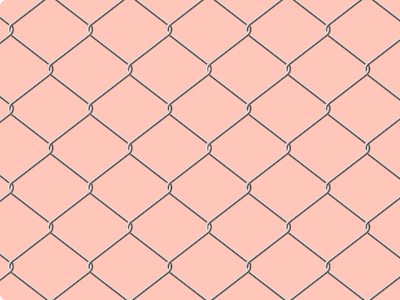
Chain link
-
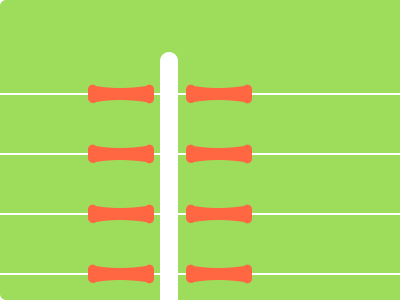
Electric
-
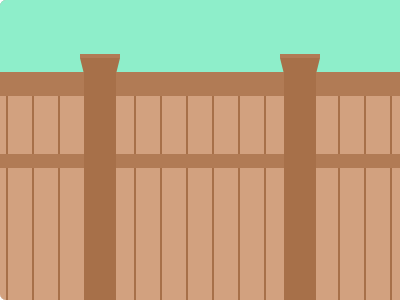
PVC
-
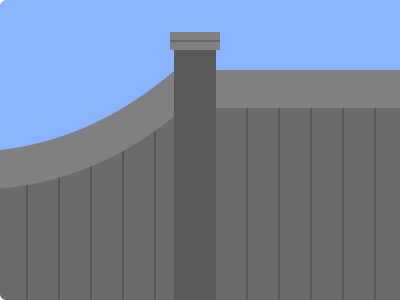
Vinyl
-
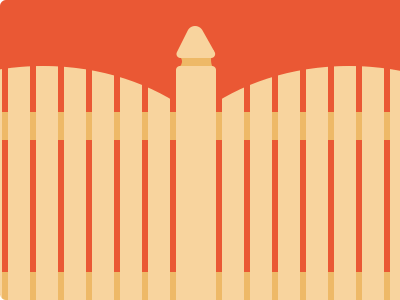
Wood
-
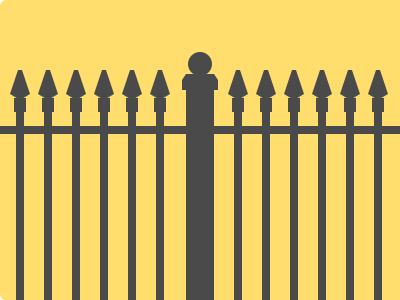
Wrought Iron
Materials
There is a large amount of different materials available for fences (2). So choose the one that's right for your home. Are you looking for something exotic, that's sure to be the envy of the neighborhood? Try installing eastern bamboo fencing for your home. Were you looking for something quiet and perhaps soundproofed? Cedar wood fencing may be your best choice. Or, are you on the market for something more practical? Vinyl fencing offers many benefits and is completely affordable for most homeowners. Each material has its own pros and cons (3).
Back to topAluminum
The best bet for many homeowners, aluminum fencing is a safe best seeing as it's sturdy, long lasting, and affordable. Certainly a favorite for pool enclosures, this metal provides long lifespans for homes and doesn't take as much damage from bodies of water. Also it comes in many different colors, so you'll be able to find something that matches your home exterior. Nearly all aluminum is a recycled material (4).
- • Low $475 - $950
- • Med $1,600 - $3,700
- • High $4,200 - $5,900
Bamboo
Both incredibly lightweight, durable, and of course environmentally friendly, bamboo is one of the newer materials on this list. Not only is it a green material, it's also inherently exotic. Nothing else quite looks like a fence made almost entirely from bamboo. Most of the total cost stem from the price of the material, as bamboo is easier to work with than most. Also bamboo comes in a wide array of sizes, being the tallest member of the grass family (5).
- • Low $850 - $980
- • Med $1,070 - $2,160
- • High $3,200 - $4,400
Chain link
For a cost effective means of fencing off an area either for construction or recreational purposes, chain-link is the best bet. This easy to construct material is ready to go regardless of the width or size of the project. This interlocking metal wires are commonly found on baseball diamonds, basketball courts, and other outdoor facilities. They are also excellent property markers for suburban homes that are right next to each other. Residential models also have several material options available, you don't have to go with metal (6).
- • Low $600 - $700
- • Med $1,200 - $1,600
- • High $2,000 - $4,500
Electric Fence
For many animal farms and similar agricultural estates, electrical fencing is just another aspect of the field. Keeping animals such as cows, sheeps, and pigs in their confines in necessary, and a low-current electrical pulse can do just that. This is for animal captivity and not recommended for home security. Alternatively, homes with pets such as dogs can have "invisible" fences put up to keep the dog in the yard.
- • Low $300 - $450
- • Med $900 - $1,200
- • High $1,500 - $1,900
PVC
For lightweight and easy-to-assemble fencing, PVC is making its way around the market today. It's made from a synthetic plastic resin that is very easy to produce cheaply (7). It's the perfect material for DIY projects who need a fence put in quickly. Some versions even snap together, allowing for more customization.
- • Low $600 - $750
- • Med $800 - $1,000
- • High $1,200 - $1,750
Vinyl
For a fence that will stand the test of time, vinyl is the way to go. Impervious to rot, resistant to weather, and incredibly durable, vinyl makes for an incredible building material. While sometimes called "PVC" by some, vinyl is actually a different chemical compound although some PVC falls under the "vinyl" label (8). Otherwise the material is an incredible durable and flexible fence.
- • Low $1,000 - $1,700
- • Med $2,000 - $4,000
- • High $5,500 - $7,500
Wood
The all-purpose material for nearly any kind of fencing, wood is the most versatile example on the list. You can craft just about anything from wood, be it a security fence or ranch style fencing. This is the easiest way to customize a fence structure as well. Roughly 47% of all forests worldwide are for commercial use (9).
- • Low $900 - $1,100
- • Med $1,600 - $3,800
- • High $5,000 - $8,000
Wrought Iron
One of the oldest, and certainly most intimidating materials for fencing is wrought iron, sometimes spelled "rot" iron. It's a very traditional style of fencing structure that is incredibly durable and fairly expensive. You can usually find a wrought iron fence surrounding a brick structure or estate. While the material has certainly seen a decline in popularity as of recent, it's mostly due to the price range.
- • Low $1,300 - $2,500
- • Med $3,000 - $4,200
- • High $5,000 - $7,500
Fences
Two-pronged fences
The term "two-pronged" simply refers to how many horizontal boards are between each post. This is a common type of fence, and white it can be crafted from anything, it's usually made from wood. You can see these kinds of fences dotted along residential areas and houses.
- • Low $1,300 - $2,500
- • Med $3,000 - $4,200
- • High $5,000 - $7,500
Ranch Style Fence
Just as the name implies, you'll often see this style of fencing on a ranch or farm. Very commonly used for keeping horses in their pen, this kind of fence is usually made from wood. Consisting of two to three horizontal boards linked through pegs that are installed into the ground, it's a simple design with great practical purpose. But ranch style isn't just limited to farm life, it's also commonly found on suburban properties which are going for a rustic setting.
Back to topPost-and-rail
Also called a "split rail" system of fencing, the design is very similar to a ranch style. Essentially the "posts" hold up the "rails," of which there are usually two. This can be done for any size or length of a property, provided it is a simple shape. Post-and-rail is perfect for marking off property lines and fairly easy and inexpensive to create (10).
Back to topSecurity Fence
For maximum safety measures, you can have a security fence surrounding your home or property. Usually made of metal, these imposing structures are generally used for keeping people out, and as the name suggests, security. Also generally a little bit taller than the average fence, it's not uncommon to see pointed ridges at the top, or for the entire unit to be made from wrought iron. These fences are highly sought after for the peace of mind they bring. To beef up security around you home a little more, consider adding the following:
- • Cameras
- • Alarms
- • Sensors
- • Lights
- • Padlocks
- • Motion activated features
Privacy Fences
Another incredibly practical design, these fences are perfect for getting some peace and quiet. Generally made of wood or vinyl, these slightly taller than average fences are great for keeping nosey neighbors out and also reducing noise pollution. Some more advanced architectural choices can even dampen outside sound significantly. Privacy fences are perfect for homes who prefer a little solitude.
Back to topSemi Private
When you like privacy but you also like to feel a breeze in your backyard, semi private fences are the advisable solution. The pickets on a semi private are spaced wide enough to let a breeze pass through unhindered, yet close enough that the average neighbor can't really see through. This also makes for some unique aesthetic designs in your backyard.
Back to topTemporary Fencing
Mostly used for construction sites, temporary fencing is a fast, short-term solution. Usually constructed from chain-link, this is a cost effective way to keep the public away from certain job sites. If safety is an issue, a temporary fence can help (11).
Back to topEnclosures
Typically found around pools, decks, and porches, enclosures are just fencing structures that might cover all of an area, or might not. These are mostly for aesthetic purposes but can be used as practical fencing structures as well.
Back to topDriveway Gates
Part of a fencing unit is the entrance. Driveway gates are exactly what you'll need to get your car through and onto your property. You can choose between most of the previously mentioned materials, and some even feature remote openers.
Back to topReferences
- "How Much Does a Fence Cost?". Costhelper. Retrieved 14 July 2017.
- Truini, Joseph."Fencing Lessons". This Old House. Retrieved 14 July 2017.
- "All You Need to Know About Fence Materials". Bobvila. Retrieved 14 July 2017.
- "Student Educational Resources". The Aluminum Association. Retrieved 14 July 2017.
- "Bamboo Info". Bamboo.org. Retrieved 14 July 2017.
- "Residential Design Options." Retrieved 14 July 2017.
- "What is PVC?". PVC.org. Retrieved 14 July 2017.
- "Sorting out the Vinyls - When is "Vinyl" not PVC?". Healthybuilding.net. Retrieved 14 July 2017.
- "Wood". Wikipedia. Retrieved 14 July 2017.
- "How to Build a Simple Split-Rail Fence". Popular Mechanics. Retrieved 14 July 2017.
- "Temporary Fence Rental Cost". fixr. Retrieved 14 July 2017.
Select your Fence project
Service Cost Calculator
Enter service and
zip code to view
cost breakdown
